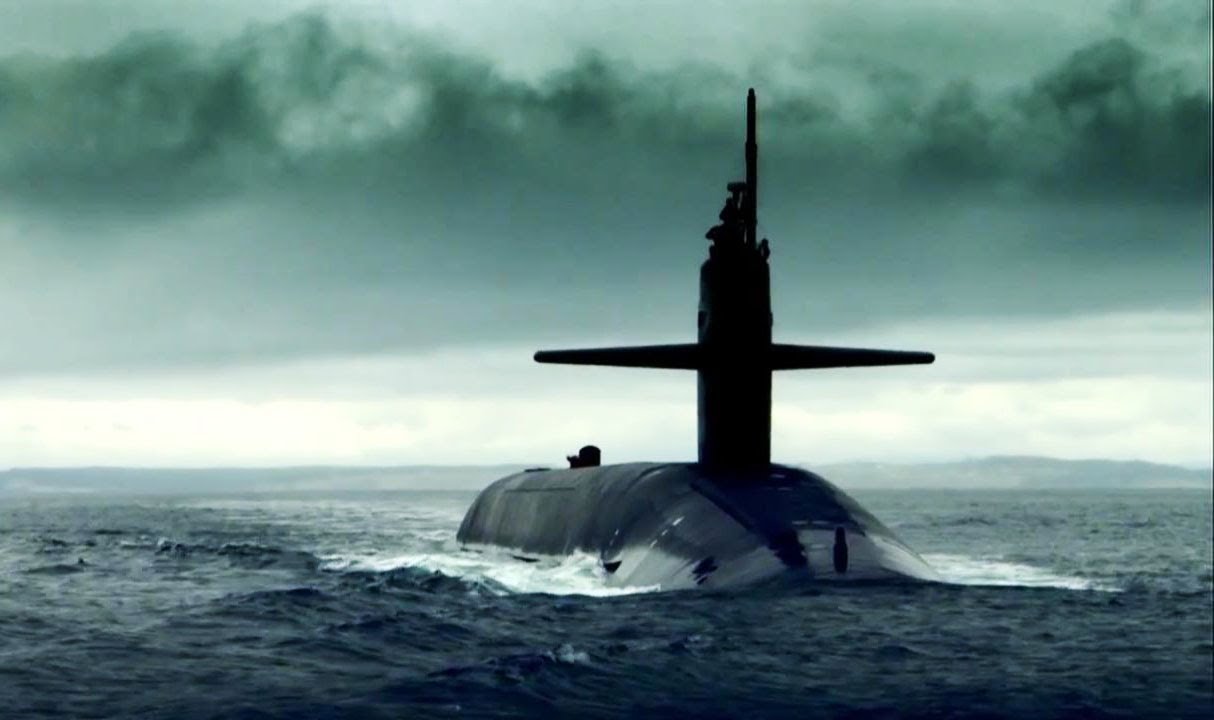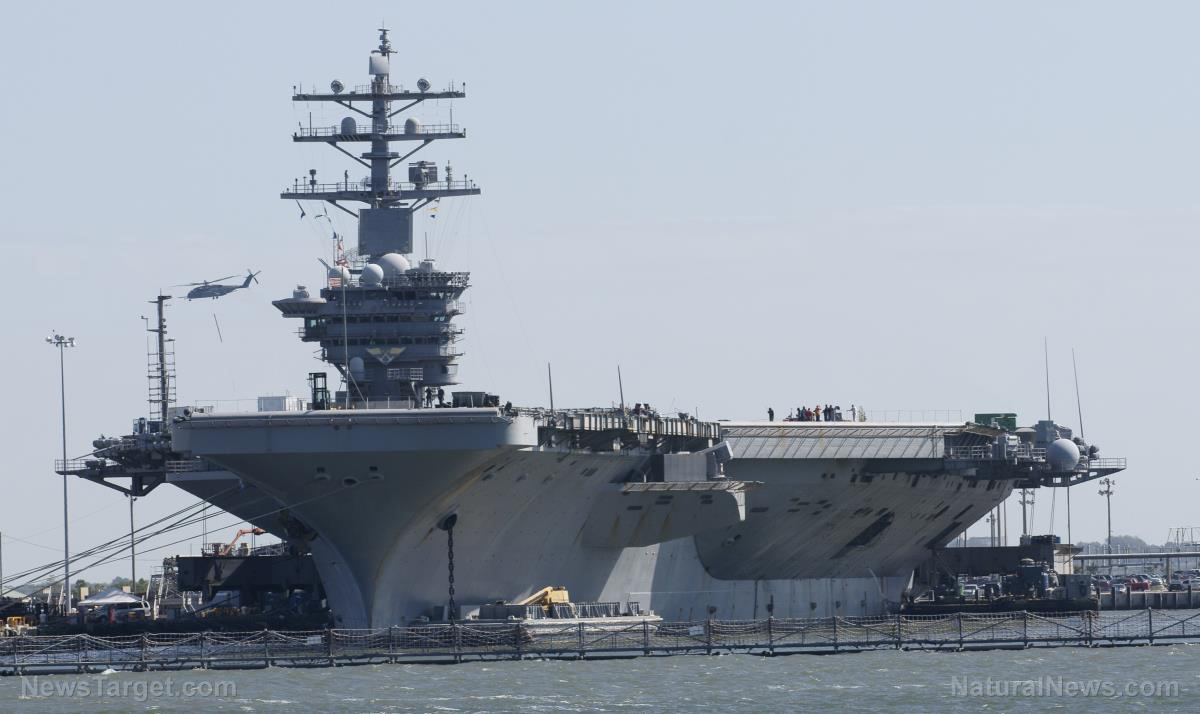Woman admits to falsifying strength test results of steel used to make Navy submarines
By matthewdavisdw // 2021-11-11
Tweet
Share
Copy

A Washington metallurgist pleaded guilty to fraud after 30 years of falsifying results of strength tests on steel used to make Navy submarine hulls.
Prosecutors said 67-year-old Elaine Marie Thomas, who previously served as director of metallurgy at a foundry in Tacoma that supplied steel castings to Navy contractors, faked the test results of at least 240 productions of steel from 1985 through 2017. The Department of Justice said the tests were intended to show that the steel would not fail in a collision or in certain wartime scenarios.
Manufacturer Bradken acquired the foundry in 2008, according to the indictment, but there was no evidence that the company's management was aware of the fraud until May 2017. At that time, prosecutors say, a lab employee discovered that test cards had been altered and that other discrepancies existed in the records.
Prosecutors said the falsified test results represented a substantial percentage of the castings Bradken produced for the Navy. In 2020, Bradken agreed to pay $10.9 million as part of a settlement.
While no hull failures are alleged, authorities said the Navy faced increased costs to make certain that the vessels stay seaworthy. The government did not reveal which submarines were impacted. (Related: Maintenance and supply chain issues hobble the Navy's deadliest new submarine)
"It is never intended to compromise the integrity of any material and is gratified that the government's testing does not suggest that the structural integrity of any submarine was in fact compromised," attorney John Carpenter noted in a statement filed in U.S. District Court on Thomas' behalf.
"This offense is unique in that it was neither motivated by greed nor any desire for personal enrichment. She regrets that she failed to follow her moral compass – admitting to false statements is hardly how she envisioned living out her retirement years," he noted. When approached about the fake test results, Thomas told investigators: "Yeah, that looks bad."
Thomas indicated that in some instances she gave false positive results because she believed it was stupid that the Navy required the tests to be executed at -100 F. She is facing up to 10 years in prison.
Spare parts problem hobble submarines
Meanwhile, the U.S. Navy has swapped more than 1,600 parts among its new Virginia-class submarines since 2013 to ease maintenance bottlenecks as components that are supposed to last 33 years wear out decades sooner. This move is needed so that vessels in the $166 billion class built by General Dynamics Corp. and Huntington Ingalls Industries Inc. can return to operations, according to data from the Naval Sea Systems Command and the Congressional Budget Office. The 48-ship Virginia class is the pillar of the Navy’s undersea strategy into the second half of the 21st century to counter China's growing surface fleet with increasing firepower. The submarines can stalk adversaries under seas with torpedoes and strike surface vessels or attack land targets with Tomahawk cruise missiles while staying on patrol for months. Bryan Clark, a former special assistant to the chief of naval operations, said that the parts problem is a readiness issue that goes with the overall concern that the Navy is not investing enough in maintenance, supply chains and shipyard infrastructure. "The Navy may have been too slow to act on indications that some components were wearing out faster," said Clark, now a naval analyst with the Hudson Institute. Congress has continually pushed the Navy to increase construction rates for the Virginia class from two vessels a year to three. Acting Navy Secretary Thomas Harker acknowledged Tuesday, November 9, at a Senate Armed Services Committee hearing that parts are failing more quickly than originally envisioned. "We have to go back and find alternate sources for those parts," he said. Follow MilitaryTechnology.news for more news related to military technology. Sources include: BBC.com MSN.comTweet
Share
Copy
Tagged Under:
military national security submarines fraud navy big government deception metals products steel military tech faked weapons technology
You Might Also Like
Australian army begins relocating covid-“positive” cases to quarantine (concentration) camps
By Ethan Huff // Share
The Mass Media Complex of America is a PANDEMIC of misinformation
By S.D. Wells // Share
The Weimar Republic comes to Nordstrom
By News Editors // Share
Recent News
Overlooked by doctors: How chronic pain fuels a hidden cardiovascular crisis
By willowt // Share
Trump sues BBC for $10B over doctored Jan. 6 footage
By ramontomeydw // Share
Gaza infant dies of hypothermia as winter storm exacerbates humanitarian crisis
By bellecarter // Share
Boost gut health naturally with herbs, spices and fermented foods
By patricklewis // Share











